Ford Galaxie classic cars for sale
The Ford Galaxie series stands for American full-size cars of the 1960s and early 1970s, renowned for their robust engineering, imposing dimensions, and diverse range of body variants, from two-door coupés to spacious convertibles. Engines varied from rugged inline six-cylinders to high-performance V8s, making the Galaxie equally suited as a family saloon or a NASCAR contender.
Search results
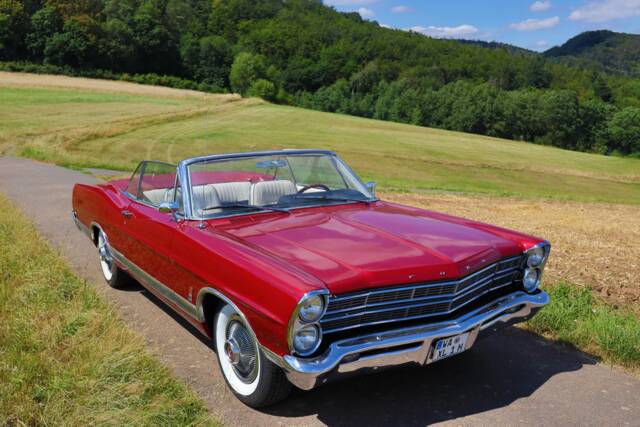
1967 | Ford Galaxie 500 Sedan
Ford Galaxie 500 XL | 1967 | Route 66 Auctions - For sale by auction. Estimate 17500 EUR
Ford Galaxie listing references from Classic Trader
Below you will find listings related to your search that are no longer available on Classic Trader. Use this information to gain insight into availability, value trends, and current pricing for a "Ford Galaxie" to make a more informed purchasing decision.
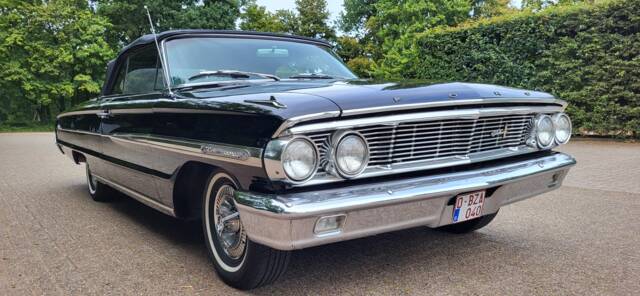
1964 | Ford Galaxie 500 XL
Convertible "triple black"

1963 | Ford Galaxie 500 XL
Ford Galaxie 500 XL | 1963 - For sale by auction. Estimate 16950 EUR
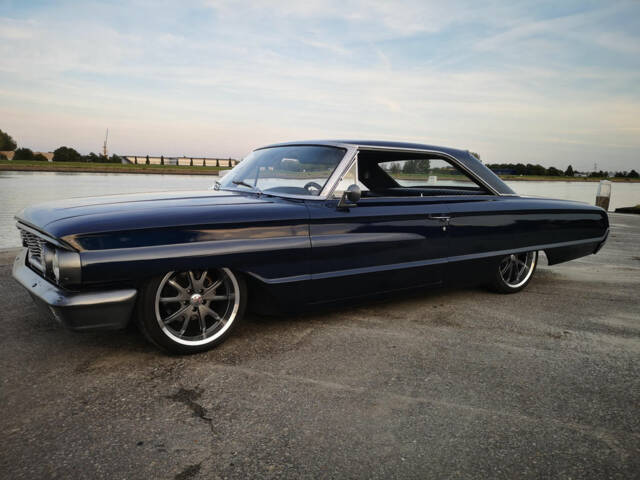
1964 | Ford Galaxie 500
Ford Galaxie | 1964 - For sale by auction. Estimate 28950 EUR
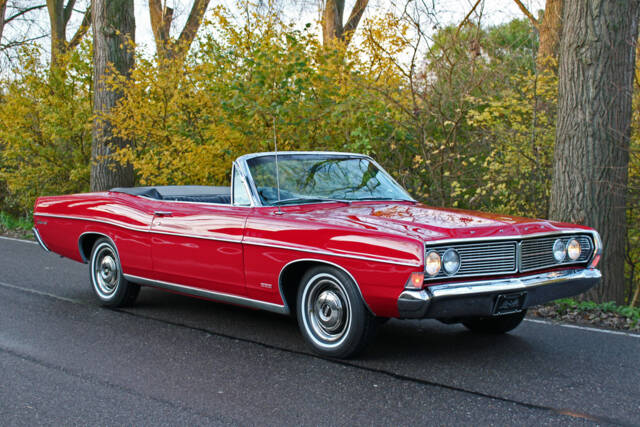
1968 | Ford Galaxie 500
Concour level restored

1964 | Ford Galaxie 500
Ford - Galaxie 500 Convertible Continental Kit - 1964

1962 | Ford Galaxie 500 Sports 427
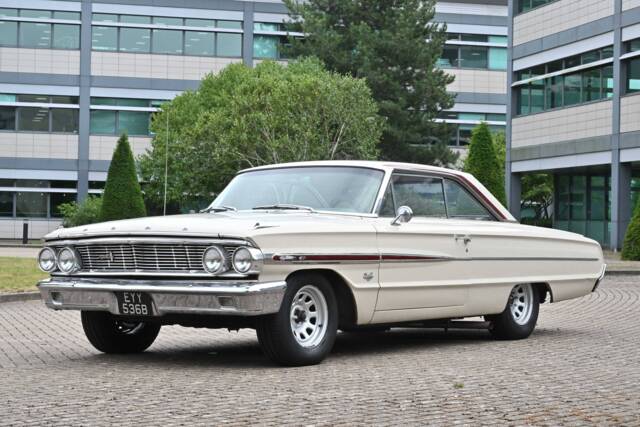
1964 | Ford Galaxie 500
Body/Engine/Gearbox Matching Numbers - Runs Well
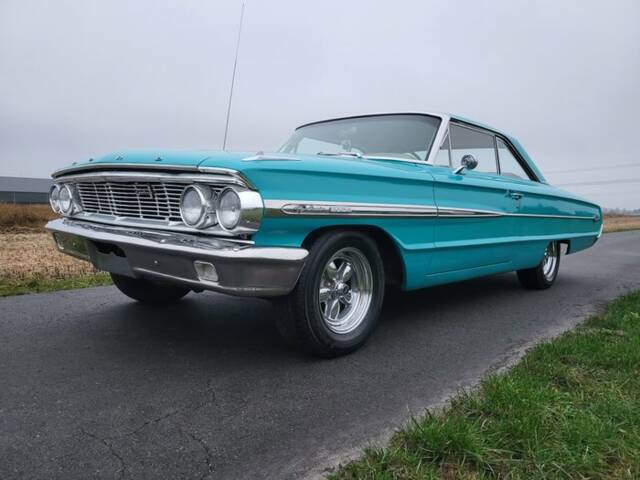
1964 | Ford Galaxie 500 XL
Ford USA - Galaxie 500XL - 1964

1963 | Ford Galaxie 500
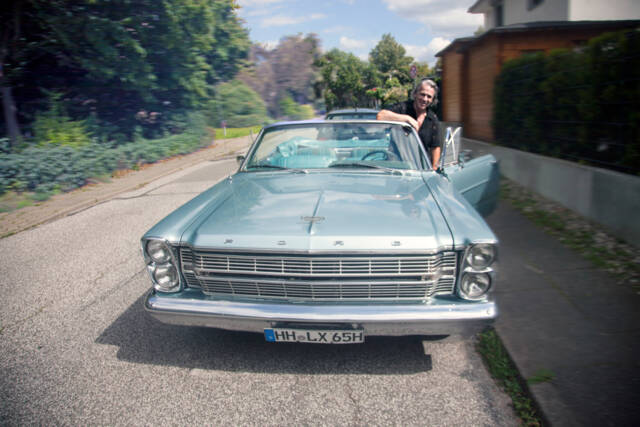
1965 | Ford Galaxie 500
Great Galaxie for the best time ! New inspection ready to go
1966 | Ford Galaxie 500
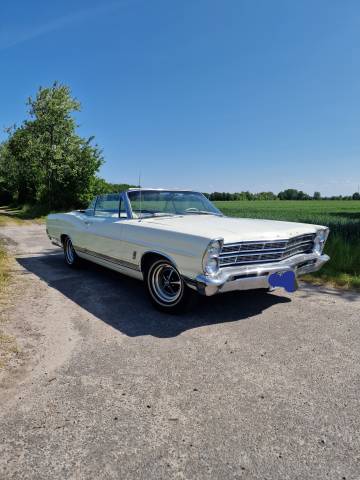
1967 | Ford Galaxie 500 XL
Convertable
History
Launched in 1959 in response to growing competition and the 'Space Race', the Ford Galaxie represents Ford's ambition in the full-size segment. Intended to stand against rivals like the Chevrolet Impala and Plymouth Fury, the Galaxie debuted with extensive chrome ornamentation, two-tone paint, and an option for a retractable hardtop. Over its production run until 1974, the series underwent several key redesigns—removing tailfins, streamlining profiles, and introducing safety improvements. Motorsport connection, particularly in NASCAR, solidified the Galaxie's place in US automotive history.
Model History
The first Ford Galaxie generation (1959–1964) evolved from the Fairlane lineage and was offered in up to five variants, including two and four-door saloons, hardtops, convertibles, and the short-lived Starliner. The early 1960s saw Ford rebadging all large cars under the Galaxie name, with the Galaxie 500 and 500/XL marking the transition to more luxurious and sporty trims. The second generation (1965–1968) brought notable changes such as stacked dual headlights, enhanced interiors, and increased focus on safety with the introduction of seatbelts. From 1969 to 1974, the Galaxie adopted new exterior cues and more compact, muscular proportions before being phased out and replaced by the Ford LTD.
Highlights
Ford Galaxie models are celebrated for their vast range of body styles, robust V8 power, and comfortable interiors. Of particular note are high-powered versions like the 427ci V8 models that earned motorsport acclaim. Rarity of certain versions, especially convertibles and Aero/Fastback variants, make them sought-after for collectors and enthusiasts. Many of the original cars still feature period-specific colours, extensive chrome trim, and complete factory equipment such as power steering, AM radios, and air conditioning. The Galaxie saw international export, making European-delivered examples especially noteworthy.
Technical Data
Special Editions and Collectible Models
Notable special editions comprise the Ford Galaxie Starliner—the short-lived, high-styled fastback of the early 1960s, prized today for its unique roofline and status as an early muscle-car precursor. Equally significant are the Galaxie 500 and 500/XL trims, often factory-upgraded with premium interior materials, bucket seats, and chrome exterior enhancements. Lightweight drag and NASCAR homologation models (such as those equipped with 427 Side-Oiler V8s and fibreglass body panels) are highly regarded for their motorsport pedigree and rarity.
Weak Spots and Common Issues
Mechanically, the Ford Galaxie relies on robust but simple technology, which has contributed to good parts availability and straightforward repairs. As with any American full-size classic, attention should be paid to rust in body panels and chassis; leaking seals around windows or roof mechanisms (on convertibles and Starliners) are not uncommon. Drivetrain components generally hold up well provided regular maintenance, though aged automatic transmissions may require attention. Original chrome and trim are often still present, but pitting or oxidation is to be expected with age.
Engine and Performance, Transmission and Handling
Depending on specification and year, Ford Galaxies were available with engines ranging from the dependable 223ci straight-six up to the formidable 427ci and 7-litre big-block V8s—pairings that enabled strong straight-line acceleration and, in the motorsport context, sustained high-speed endurance. Three-speed manual transmissions (optionally with overdrive) were typical, though most cars were delivered with Ford-O-Matic or Cruise-O-Matic automatics, prized for relaxed cruising. Suspension and chassis tuning emphasised ride comfort over cornering agility, although later models could be specified with firmer set-ups for improved handling. - Galaxie 500/XL with 390ci or 427ci V8: Recognised for both straight-line speed and luxurious interior appointments.
- Galaxie Starliner 1960-61: Lightweight, aerodynamic, often used in racing disciplines.
- Convertible models: Showcase both style and rarity; factory air conditioning and original paint codes add value.
- Export models: Versions originally delivered outside the US (such as European or Canadian market) are rare and often feature special trim.
Interior, Comfort, Exterior and Design
The Galaxie’s style encapsulates American car culture of the 1960s: abundant chrome, sculpted lines, and generous proportions. Interior options ranged from front bench seats to bucket seats in top-spec XL models, often finished in bold hues such as red or black. Factory accessories include power steering, AM radios, and, in later years, factory or aftermarket air conditioning (sometimes with New Vintage Air setups). Factory paint finishes are frequently preserved, contributing to the high degree of originality found in surviving examples. Convertibles often feature power or hydraulic soft-top mechanisms, and luxury trims incorporate upgraded materials throughout. The continual evolution of details such as headlamp arrangement, tailfin reduction, and grille design mark out the different generations and special editions.
Other notable features
A select number of Galaxies were built specifically for motorsport, including NASCAR-homologated lightweight models with fibreglass body panels and reinforced chassis. The model was also delivered to export markets, making left- or right-hand-drive variants of great interest. Some owners have retrofitted modern features such as improved HVAC (air conditioning and heating) without detracting from the vehicle’s period character. The Galaxie remains a favourite as a 'show car' at classic American car meets due to its size, stance, and recognisable styling.
Summary
The Ford Galaxie epitomises American full-size classic cars, offering a combination of engineering durability, distinctive design, and a broad choice of specifications. Its motorsport credentials, comprehensive model palette, and continued appeal at international classic car events make it a frequently searched and supplied model among vintage Ford enthusiasts. Well-documented service history and originality, especially for rare trims, enhance desirability for buyers seeking authentic visual and driving experiences.

